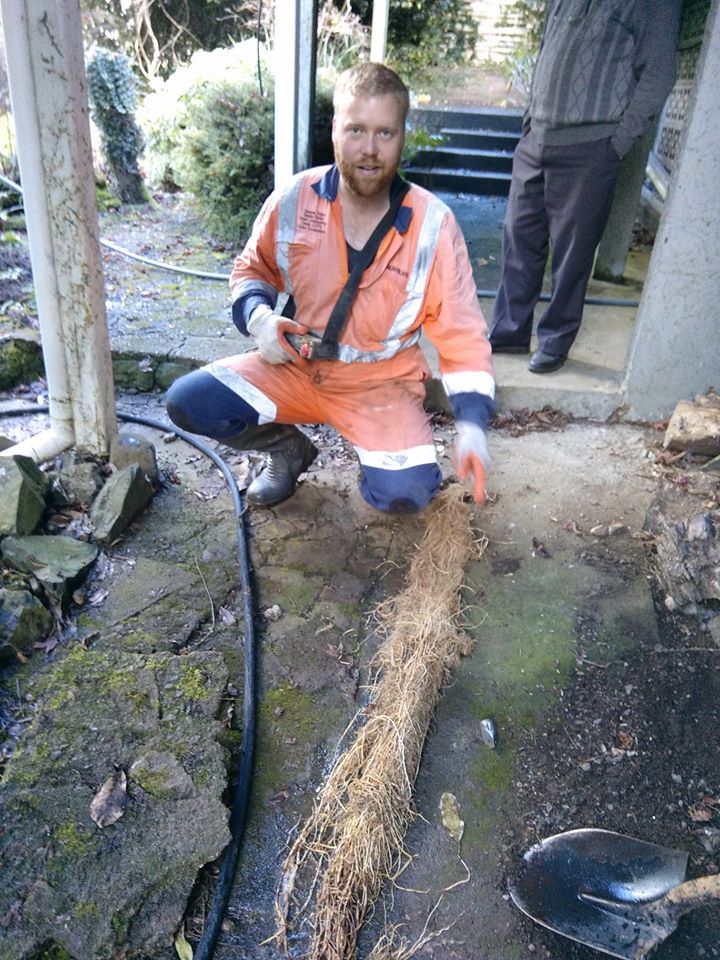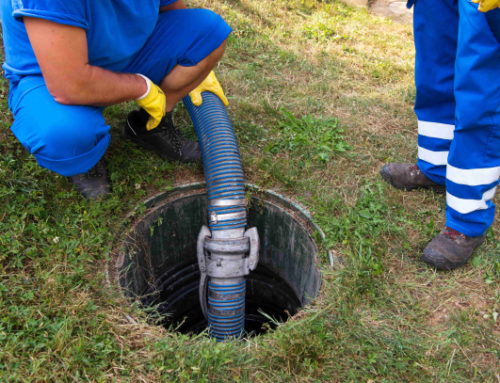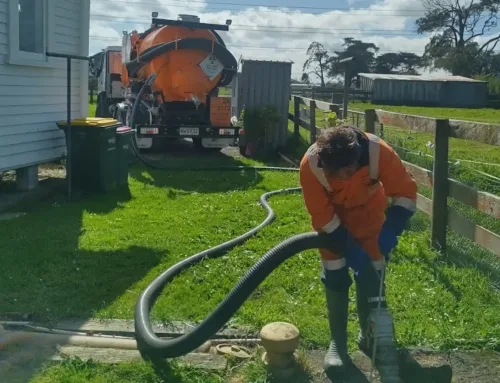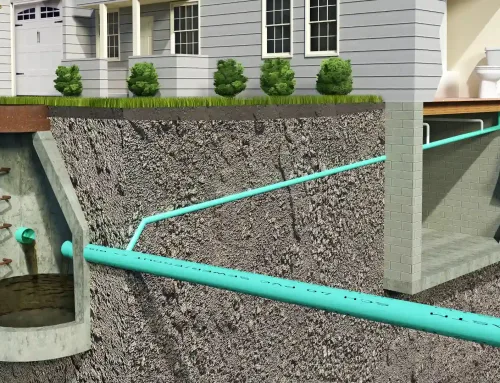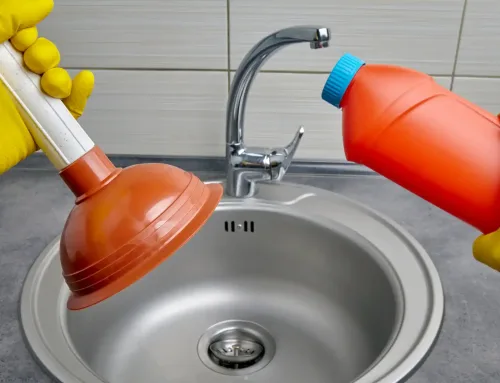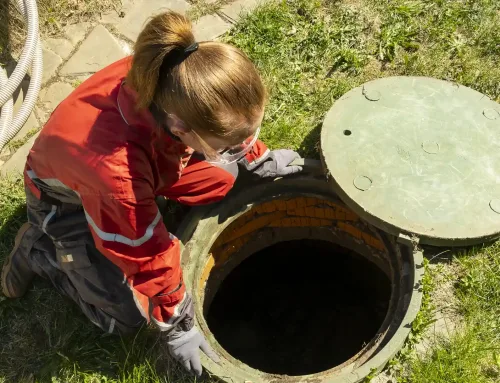Rooting Out Tree Roots from Your Septic System
Trees add plenty of aesthetic appeal to a home and its surroundings. However, that doesn’t mean they don’t present some problems! Though growing trees on your property has a lot of benefits, trees grown around septic systems are a terrible hazard. Tree roots are always in search of moisture and nutrients, and often ‘smell’ their way into septic systems, which are rich in both.
Though septic tanks are mostly sealed, tree root infestations occur through weak spots such as cracks, fissures or unsealed joints around the sewer pipe feeding the tank or the discharge pipe leading to the drain. The infiltration can lead to complete drain blockage. Root intrusions should be dealt with as soon as possible to aid drain unblocking and to allow water to flow freely. The methods listed below can help you block the invasion of roots along the sewer lines and keep your septic system in top condition.
Trust Good Ol’ Rock Salt
Before trying your hand at anything, trust the ever-reliable rock salt to do the trick. Rock salt, or sodium chloride, acts as poison for plants and roots, barring their growth. What’s more, the salt compound acts as a highly effective sponge, sucking away moisture from the roots, making it impossible for the roots to thrive.
Take half a pound of rock salt and pour it into the toilet bowl. Flush as many times as needed until all the salt has flushed. Repeat the process until 2 pounds of salt has been flushed. Make sure to repeat the process frequently to clear the septic system off any roots!
Mechanical Root Removal
One of the most common techniques to tree root invasions is by using a mechanical auger. The auger, like a reciprocating saw blade, has a rotating head covered in steel teeth. It is inserted through the sewer access ports into the pipe. Its rotating head shreds off the roots accumulated in the pipe. Though mechanical root removal helps in clearing the root outgrowth, it’s not a full-proof solution as roots can grow back quickly, making the effort futile in the long run. In order to take full advantage of the process, mechanical root removal procedure should be followed up with chemical root killing to prolong outgrowth.
Chemical Root Removal
Chemical root removal treatment is an effective way to kill a root structure and deter outgrowth. The process involves flushing commercially available copper sulphate mix into the sewage tank. The mix acts as a poison barrier, killing the tree roots and obstructing their growth into sewer pipes. The treatment is effective as it prevents small roots from maturing (which could lead to complete blockage of the septic system).
Chemical treatment should be done regularly to keep tree root infiltration in check. Though the it can’t permanently resolve the issue, it can substantially delay outgrowth.
Using Hydro Jetters
Hydro jetting is a costly alternative to removing tree roots from septic system. Having said that, the power that hydro jetting brings with it makes it an effective solution to flush unwanted debris and tree roots out of the system. It’s a high-pressure water system that uses pump and pressurised water to flush and clean the pipes and also increase the efficiency. Along with tree roots, it also removes grease, sand, debris, and other build-up that frequently occur in drain and across the sewer lines.
Contact the Drain Unblocking Experts
Sometimes, tree root outgrowth can be rigid and all efforts to get rid of them can go in vain. When this happens, don’t delay and call drain unblocking experts at the earliest before your feeder roots mature and block the entire septic system. You can trust the experts at Streamline Environmental to help you fish out the roots and unblock your drainage system to get it functional. Contact Streamline Environmental today for septic expertise across the larger Hamilton area!
